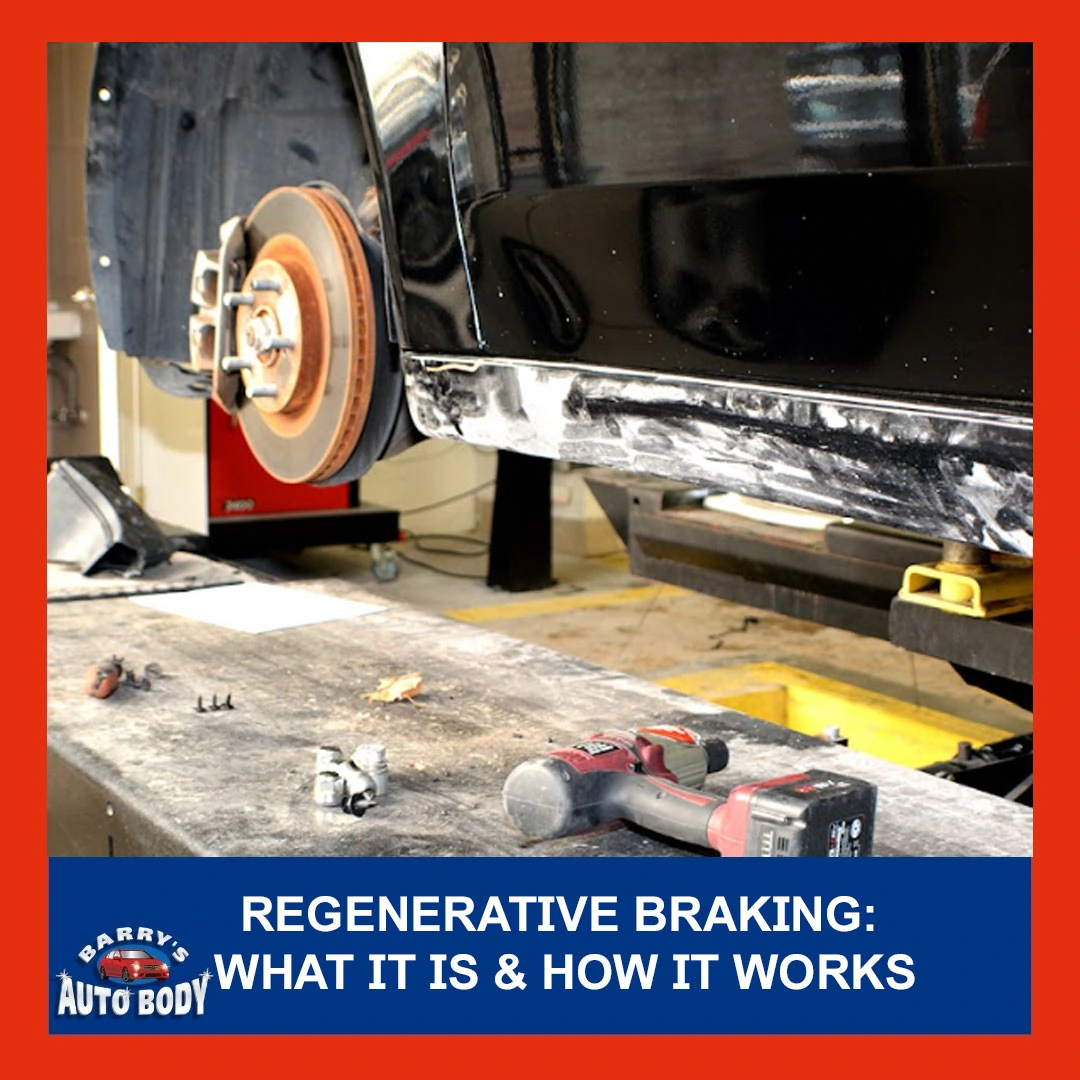Cars are becoming ever more electric, with more and more models coming with regenerative braking systems. What is regenerative braking, and how does it work? This blog post will explain everything – from the normal car braking system to regenerative braking. It’ll also discuss the benefits of using regenerative braking in your car and whether or not it’s safe. So whether you’re curious about this new technology or want to be sure you’re using safe driving practices, read on!
Conventional Car Braking System
When it comes to braking systems, conventional systems rely on mechanical or hydraulic systems that convert kinetic energy into heat. Most car braking systems use the same principles as when you use your feet to brake – pressure, and friction.
Massive metal brake pads within the vehicle act as a lever, engaging with discs using friction between them to slow or stop. The system is designed so that this braking force relies solely on the wheels for stopping power (gravity).
What is regenerative braking?
A regenerative braking system converts kinetic energy otherwise lost as heat during the braking process to electricity, which can be used to charge the vehicle’s battery.
Regenerative braking is an important technology for sustainable transportation, and it helps reduce fuel consumption, emissions, and wear on contact points within the vehicle.
In simple terms, it’s a braking system that regenerates energy lost due to braking. When used correctly, regenerative braking can improve your overall driving experience.
How does regenerative braking work?
Regenerative braking is an energy-saving technology that uses the car’s brake pads and rotors to slow the car while in motion. It converts kinetic energy into potential energy, which can be used later to power the vehicle. Regenerative braking is becoming more common as automakers look for ways to improve their car’s overall efficiency. It’s a great way to conserve energy and help the vehicle achieve a longer lifespan.
Benefits of using regenerative braking
Did you know that you could reduce the fuel consumption of your vehicle by 10 to 25 percent when using regenerative braking?
Regenerative braking can help you avoid idling your car by converting the energy lost while driving into electricity. The stored power of this regenerated energy after a brief use is needed to recharge the batteries. In turn, less fuel needs to be used when starting up and accelerating again, partially reducing carbon dioxide emissions.
Some advantages of regenerative braking are:
- You can improve braking performance by regenerating the kinetic energy of the car’s motion.
- It’s a great way to save energy when driving in hilly or mountainous terrain.
- It can also help improve fuel economy when driving in stop-and-go traffic.
- Regenerative braking can be used in hybrid and electric cars and traditional gasoline-powered vehicles.
- Regenerative braking also reduces wear and tear on brakes, rotors, and pads.
Disadvantages of a Regenerative Braking System
Regenerative braking does have some minor downsides, such as:
It requires regular maintenance and adjustment. This can be a bit of a pain, especially if you drive a lot.
There can also be some costs associated with regenerative braking systems – they are usually more expensive than traditional braking systems.
The change in brake pedal feel, and modulation could be another concern
You might even feel that regenerative braking does not have the same stopping power as the conventional braking system
Conventional Braking System Vs Regenerative Braking
When it comes to braking systems, conventional systems rely on mechanical or hydraulic systems that convert kinetic energy into heat. This can harm the environment and cause wear and tear while also creating tons of waste that must be disposed of.
On the other hand, regenerative braking systems eliminate this waste heat by using it to recharge the batteries. This further reduces environmental impact, as the system doesn’t rely on energy-consuming machinery. So, whether you’re looking to save energy or protect the environment, a regenerative braking system is the way to go!
Regenerative braking is a technology that can revolutionize the automotive industry. It’s a sustainable and efficient way to reduce CO2 emissions and potentially save drivers a lot of money in the long run. This post covered details meant to help you make an informed decision about whether or not it’s the right technology for your car. Feel free to leave your thoughts in the comments below!

